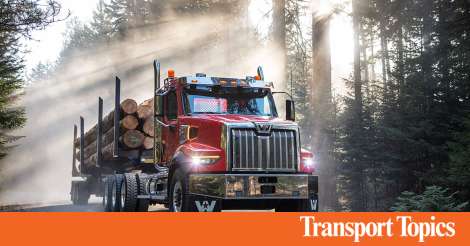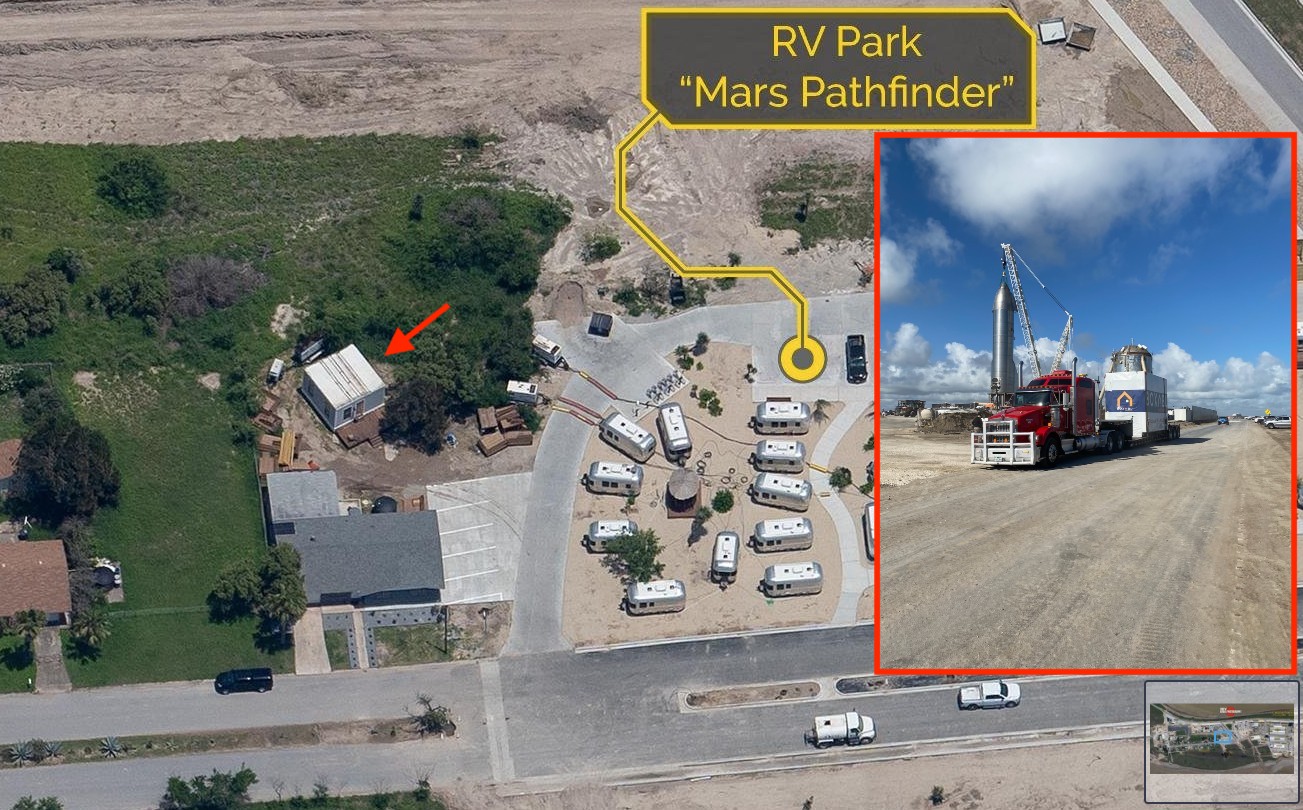GIGA expansion will be close to product final destination, so some version of future will include, if all goes well, India, Brazil/Mexico and one or two others in Asia and Europe, locations on an opportunistic basis. Non-GIGA will certainly have Nevada lithium, Australia, perhaps Indonesia and other locations to ensure cheap, cleanish, Lithium, Nickel etc. Those deals are already being announced one by one, somtimes Tesla, sometimes partners.
Beyond cars, TE is just beginning to grow. We tend to ignore that. There will be major capacity built for roofing products somewhere, probably several locations. There will also be products beyond Megapack but still modular. Many suppliers for that, but Tesla has a big dvantge in software and system integration, so the limit is building capacity. That will have technological advances and new storage technology in particular. By five years from now all of that will be much larger than the entire existing Tesla today.
As
@The Accountant has said, ‘We don’t know how to model that”. True!
Following the Amazon example, nobody (probably including J. Bezos) knows. Their product expansion was opportunistic, observing a potential market then developing it. The classic AWS example was simply seeing that AMZN was fulfilling for vendors no providing MIS and manage,ent services for them, then seeing they could sell those things to anybody, so AWS spawned web services. Five years before nobody thought that could be ‘a thing’.
Tesla is indeed similar. I agree that when the next new Tesla idea hits it is likely to be capital intensive so there will be one or more huge now-unknown capital investments. The five year outlook will not be smooth.
So I am pointing out that in years 3-5 we should make some placeholders without excessive specificity. Everything about Tesla should tell us to expect the unexpected.
First Principles govern. Thus we must imagine how the next developments can define entirely new ways of doing old things.
Last point: what is the dirtiest GLOBO industry? Answer: marine shipping. Can the combination of Elon, SpaceX and Tesla come up with a clean way to ship? That, like the semi market will suddenly work when nobody thought it possible. Will that happen within five years?
We can model all of those, just as AMZN did with web services. Just size the market and plan for a tiny share, then hold on for dear life.
The growth will continue but cars are just the beginning, not the end!




